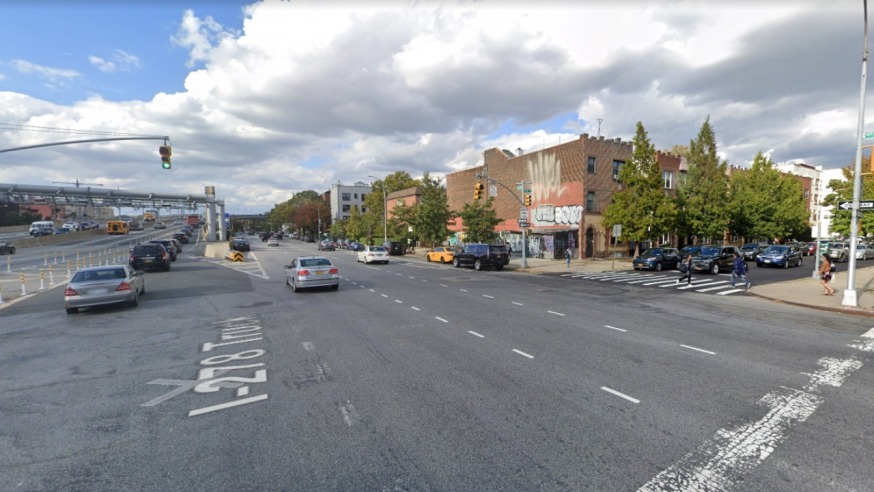
A teenager who was trying to change a flat tire on the side of Hoyt Avenue in Astoria Sunday night was struck dead by a driver in a small SUV. (Photo via Google Maps)
Jan. 24, 2022 By Michael Dorgan
An 18-year-old male who was trying to change a flat tire on the side of Hoyt Avenue in Astoria Sunday night was struck dead by a driver of a small SUV.
The teenager was attempting to change his tire at Hoyt Avenue North and 29th Street — near the entrance ramp to the Robert F. Kennedy Bridge — when he was hit at around 11:30 p.m., according to police.
Police responded to a 911 call of a person struck by a Chevrolet Equinox traveling northbound on Hoyt Avenue. EMS also responded and pronounced him dead at the scene.
The operator of the Chevrolet, a 29-year-old man, remained on the scene. Police did not say if the Chevrolet driver was arrested.
The NYPD’s Highway Collision Investigation Squad is investigating.
The victim’s identity has not yet been released, pending family notification.
